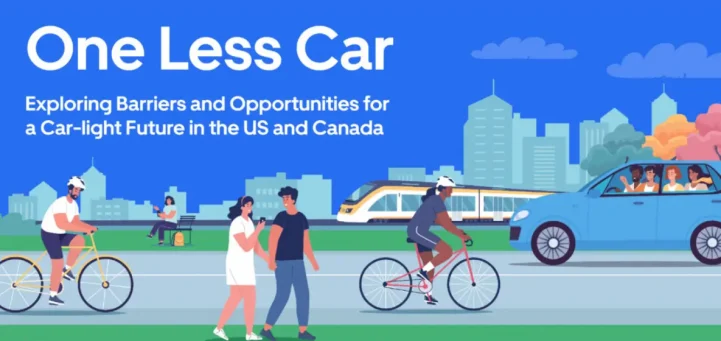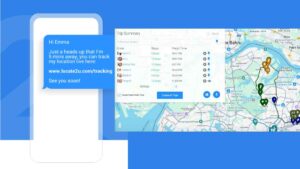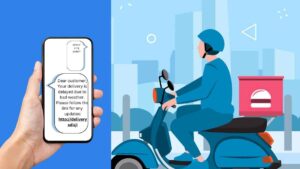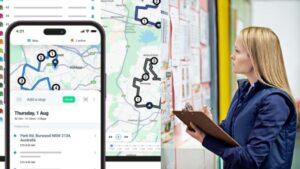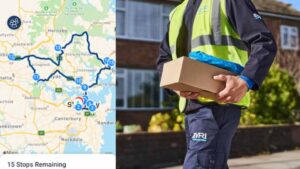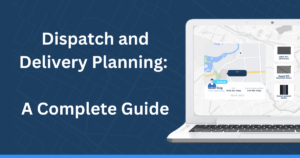Uber’s bold urban experiment – the One Less Car Challenge – gave riders the opportunity to get $1,000 by ditching their vehicles for five weeks. And the results are in.
During the trial period from July 22 to August 25, 170 volunteers in Los Angeles, Chicago, Washington D.C., Miami, San Francisco, Toronto, and Vancouver swapped their personal car rides for alternate forms of transportation.
Their options? Walking, public transit, cycling, and rideshare.
Why the ‘One Less Car Challenge’?
Uber wanted to test the feasibility of reducing personal car dependence in the US. The challenge explored the viability of a car-light lifestyle, with the focus on eco-friendly urban benefits.
The goal, in the long run, was to understand the impact reduced car usage could have on urban living and personal well-being.
Uber partnered with Behavioural Insights to measure the trial’s impacts. The data now offers insights into the transition towards cities with fewer vehicles on the roads.
Uber envisions ‘car-light’ future
Uber says the One Less Car Challenge makes “it clear that while convenient access to multimodal transportation offerings is the key to unlocking a car-light lifestyle, several barriers remain.”
Key findings from the challenge include:
1. Substantial reduction in car usage:
Participants cut down their personal car use by a whopping 97%.
This shows that a well-rounded multimodal transport system can effectively replace private cars.
2. Long-term behavioral change:
At the end of the five-week experiment, 20% of the participants said they’d consider giving up their personal cars permanently.
Meanwhile, 75% want to reduce their driving frequency.
3. Diverse transportation needs:
The challenge made one thing crystal clear: the importance of having access to alternative transportation modes.
To successfully substitute private car usage, commuters need:
- Public transit services,
- Safe walking options, and
- Carpooling
While those were the top three choices, riders say they also appreciated Uber offerings for specific needs – like late-night transport, or assistance with heavy items.
Going car-less: The challenges
Transitioning to fewer personal cars was not without challenges, and participants noted several barriers.
The biggest concerns were the initial adjustment period and infrastructure deficiencies.
- Adapting to new commuting habits took about two weeks, with some participants struggling with the loss of flexibility and control that comes with personal car ownership.
- Inadequate or disconnected infrastructure – such as missing bike lanes or poor pedestrian facilities – made alternative transportation options less appealing and safe.
Benefits of the Uber ‘One Car Less’ challenge
The challenge also uncovered several unexpected advantages of embracing a car-light lifestyle.
The biggest benefit was enhanced well-being. Participants of the challenges reported notable improvements to both their physical and mental health. They also experienced more frequent social interactions.
Going car-light also boosted a sense of community engagement. It encouraged participants to engage in local shopping activities, to discover new locations nearby, and to foster a greater connection with their community.
The challenge shows that reducing personal car use is not only feasible but also beneficial in fostering more sustainable and enjoyable urban living.
It forces us to rethink the traditional ‘one person-one car mindset,’ while shifting the focus towards integrated, sustainable urban transport solutions.
About the author
Cheryl has contributed to various international publications, with a fervor for data and technology. She explores the intersection of emerging tech trends with logistics, focusing on how digital innovations are reshaping industries on a global scale. When she's not dissecting the latest developments in AI-driven innovation and digital solutions, Cheryl can be found gaming, kickboxing, or navigating the novel niches of consumer gadgetry.


